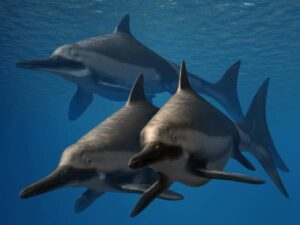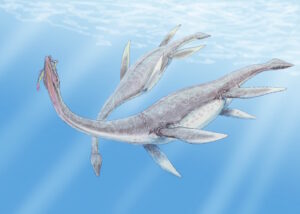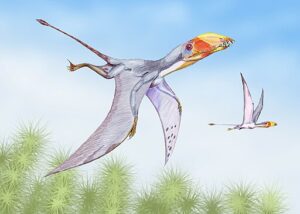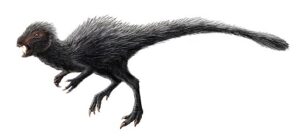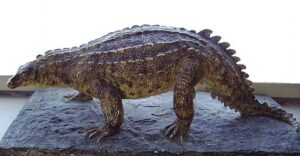Early Jurassic
The Dawn of Dinosaur Dominance
The Early Jurassic period, spanning from approximately 201 to 174 million years ago, marked the beginning of the Mesozoic Era’s golden age for dinosaurs. Following the mass extinction event at the end of the Triassic period, the Early Jurassic saw significant evolutionary changes and the rise of many iconic dinosaur groups.
Geological and Climate Changes
During the Early Jurassic, the supercontinent Pangaea was still intact but beginning to rift apart into Laurasia in the north and Gondwana in the south. This tectonic activity created a variety of environments, including vast deserts, dense forests, and coastal regions. The climate was generally warm and relatively stable, with high levels of precipitation in many areas, leading to lush vegetation.
Life on Land
The Early Jurassic period saw the diversification and dominance of dinosaurs, which filled various ecological niches. Notable dinosaurs from this time include:
- Dilophosaurus: One of the early large theropods, known for the distinctive pair of crests on its head. It was a fast and agile predator that likely hunted smaller dinosaurs and other animals.
- Scelidosaurus: An early armored dinosaur, Scelidosaurus had rows of bony plates along its back for protection against predators. It was a herbivore that fed on low-lying vegetation.
- Massospondylus: An early sauropodomorph, Massospondylus was relatively small compared to later sauropods but already showed features like a long neck and tail, which would be more pronounced in its giant descendants.
Marine Life
Marine ecosystems during the Early Jurassic were rich and diverse. Key marine reptiles and other marine life included:
- Ichthyosaurs: These dolphin-like reptiles, such as Ichthyosaurus, were dominant marine predators, adapted for fast swimming and deep diving.
- Plesiosaurs: Early plesiosaurs, characterized by their long necks and broad bodies, swam in the seas hunting fish and other marine animals.
- Ammonites: Shelled cephalopods that flourished in the oceans, ammonites were highly diverse and are often used as index fossils to date marine sediments from this period.
Flying Reptiles
Pterosaurs, the first vertebrates to achieve powered flight, continued to evolve during the Early Jurassic:
- Dimorphodon: An early pterosaur with a relatively short wingspan and distinctively different types of teeth, suggesting a varied diet that may have included fish and small animals.
Dimorphodon
- When: Early Jurassic
(200–190 mya)
- Where: Europe
- What: Pterosaur
- Weight: 1–2 kg
- Length: 1.4 meters
- Diet: Insectivorous and piscivorous
- Discovered: 1859
